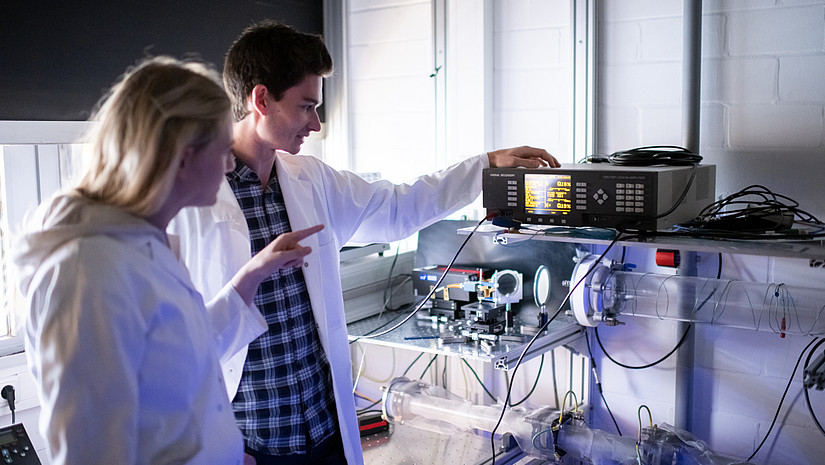The agony of choice is great - also for those interested in science and technology: mathematics, computer science, natural sciences and technology. What should you choose? The orientation study plusMINT brings the above-mentioned fields of study under one roof and enables entry into a bachelor's degree program that qualifies students for a wide range of exciting and future-oriented jobs.
Students learn about the various STEM subjects in a two-semester orientation phase, consolidate their basic knowledge and acquire interdisciplinary skills before starting the six- to seven-semester major.
The orientation phase consists of tutorials and workshops to support study and career planning and the acquisition of key competencies, propaedeutic and subject-specific courses, STEM projects, and an interdisciplinary lecture series. Starting in the third semester, students majoring in civil engineering, electrical engineering, computer science, mechanical engineering, mathematics, mechatronics, nanostructure science, physics, technomathematics, or environmental engineering take one of the classic bachelor's programs from the STEM spectrum.
Students who first want to test their inclination and talent should consider a plusMINT degree program: The orientation phase not only compensates for inequalities in prior knowledge and educational requirements. It is intended to increasingly encourage all prospective students, regardless of their educational background and gender, to take the plunge into a science and technology degree program. The plusMINT study program allows qualified study decisions to be made and thus increases the chances of successful completion.

